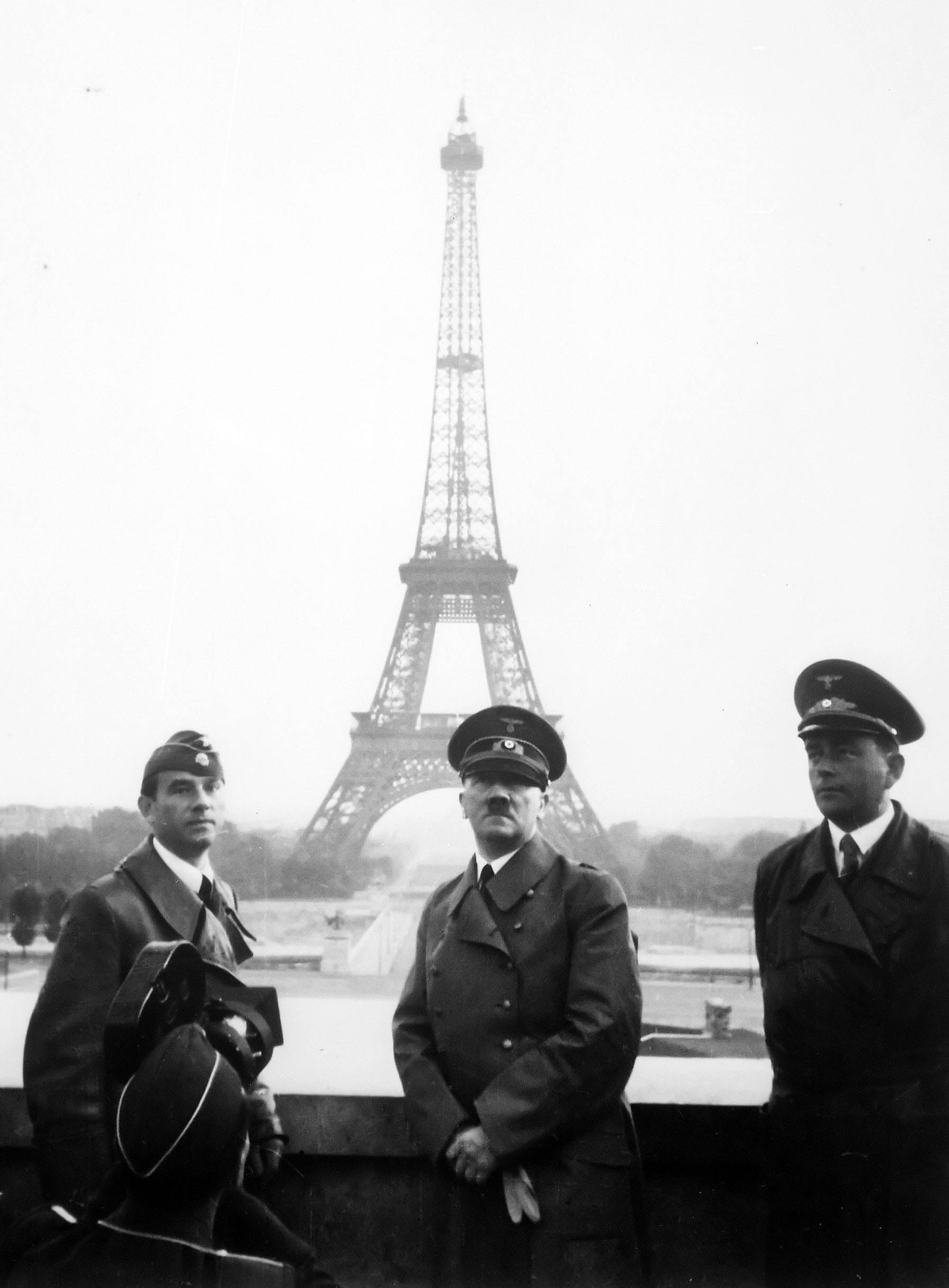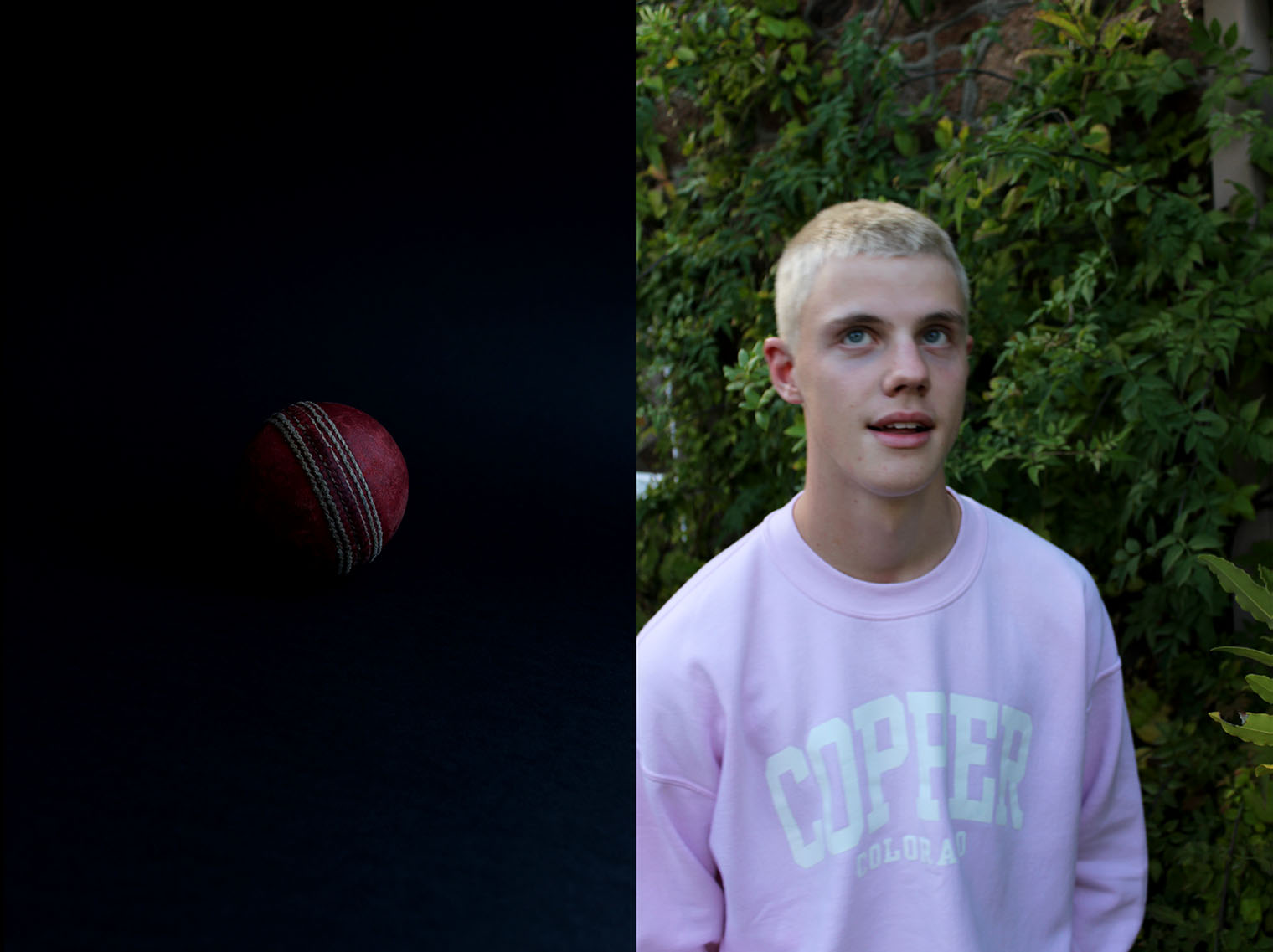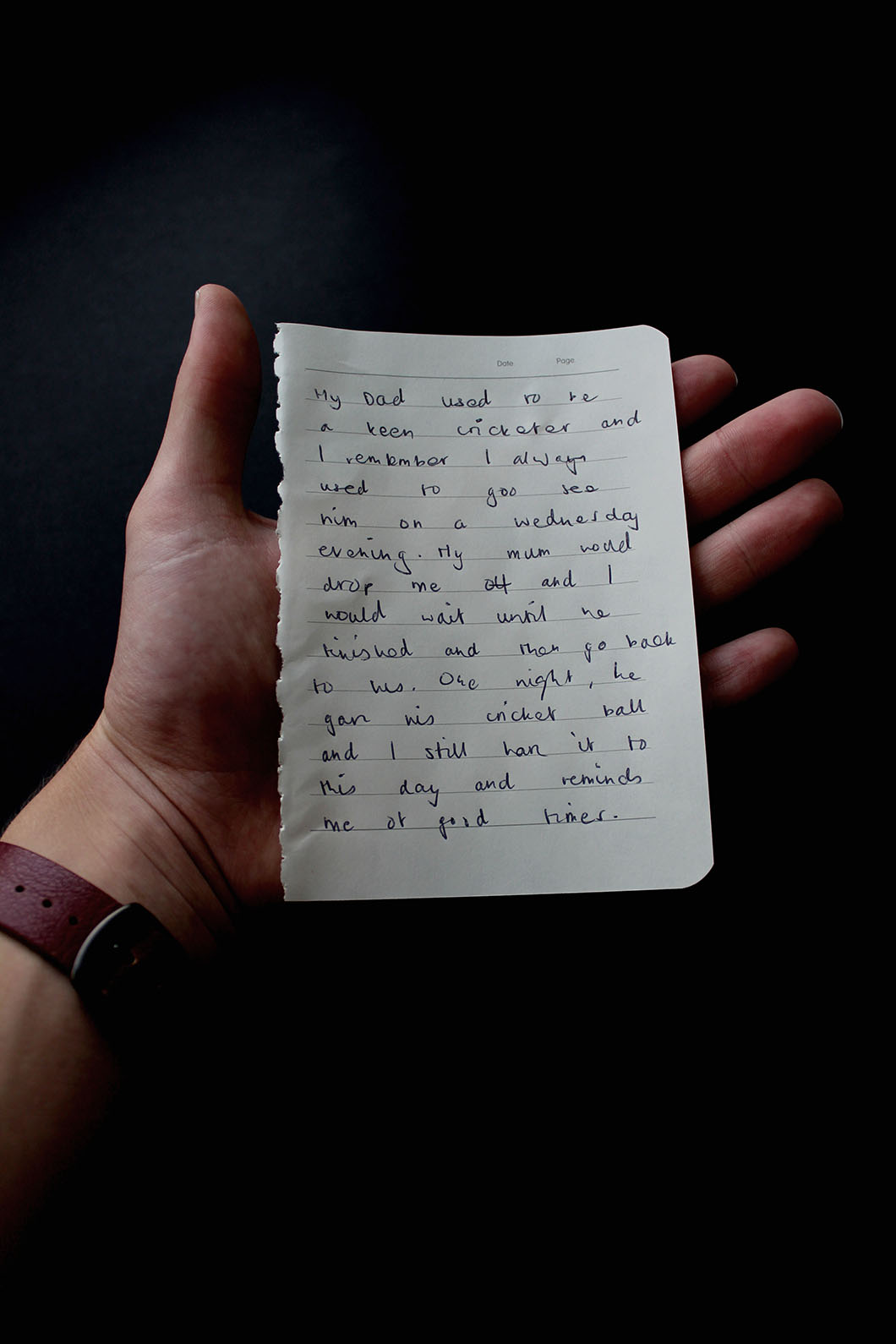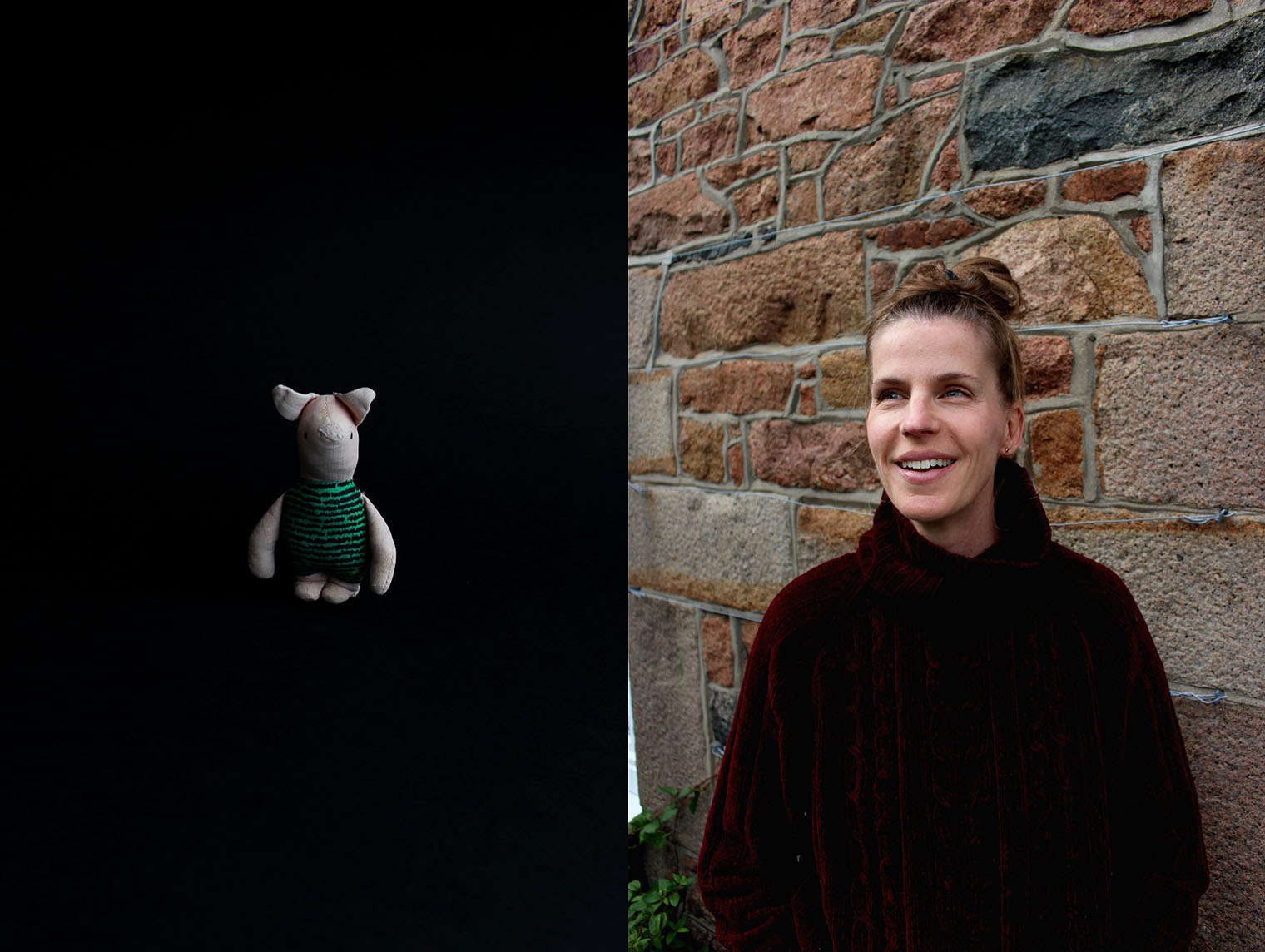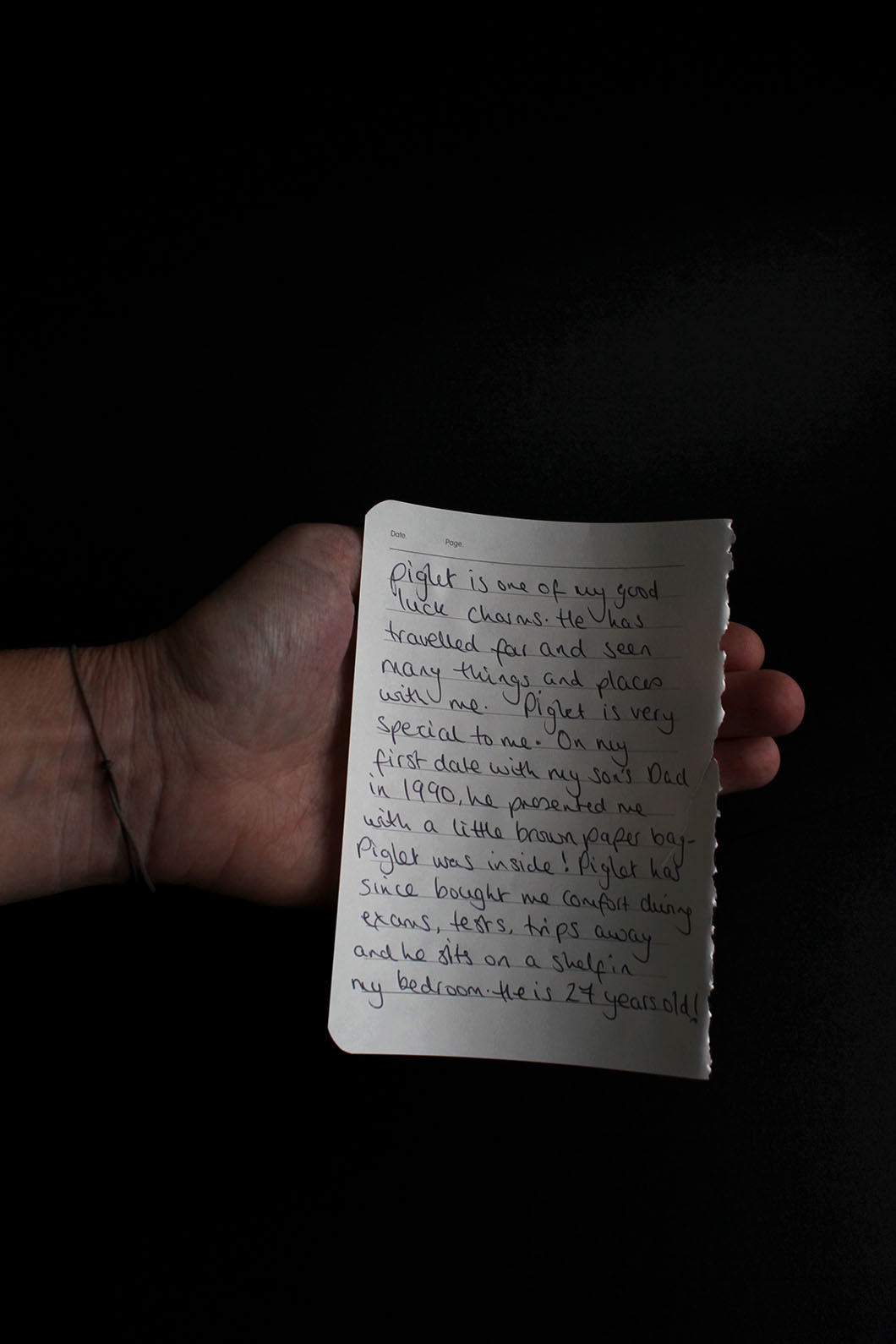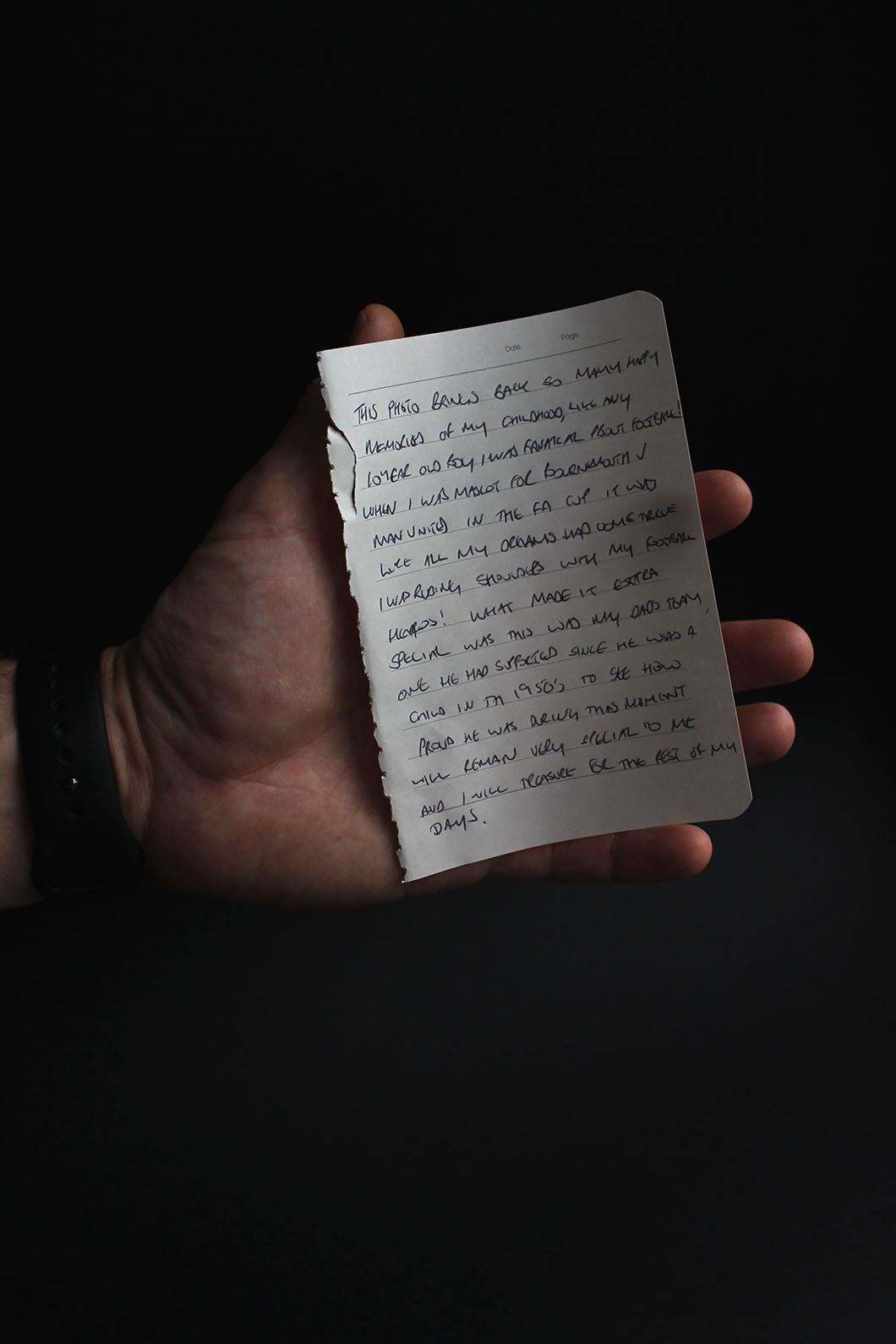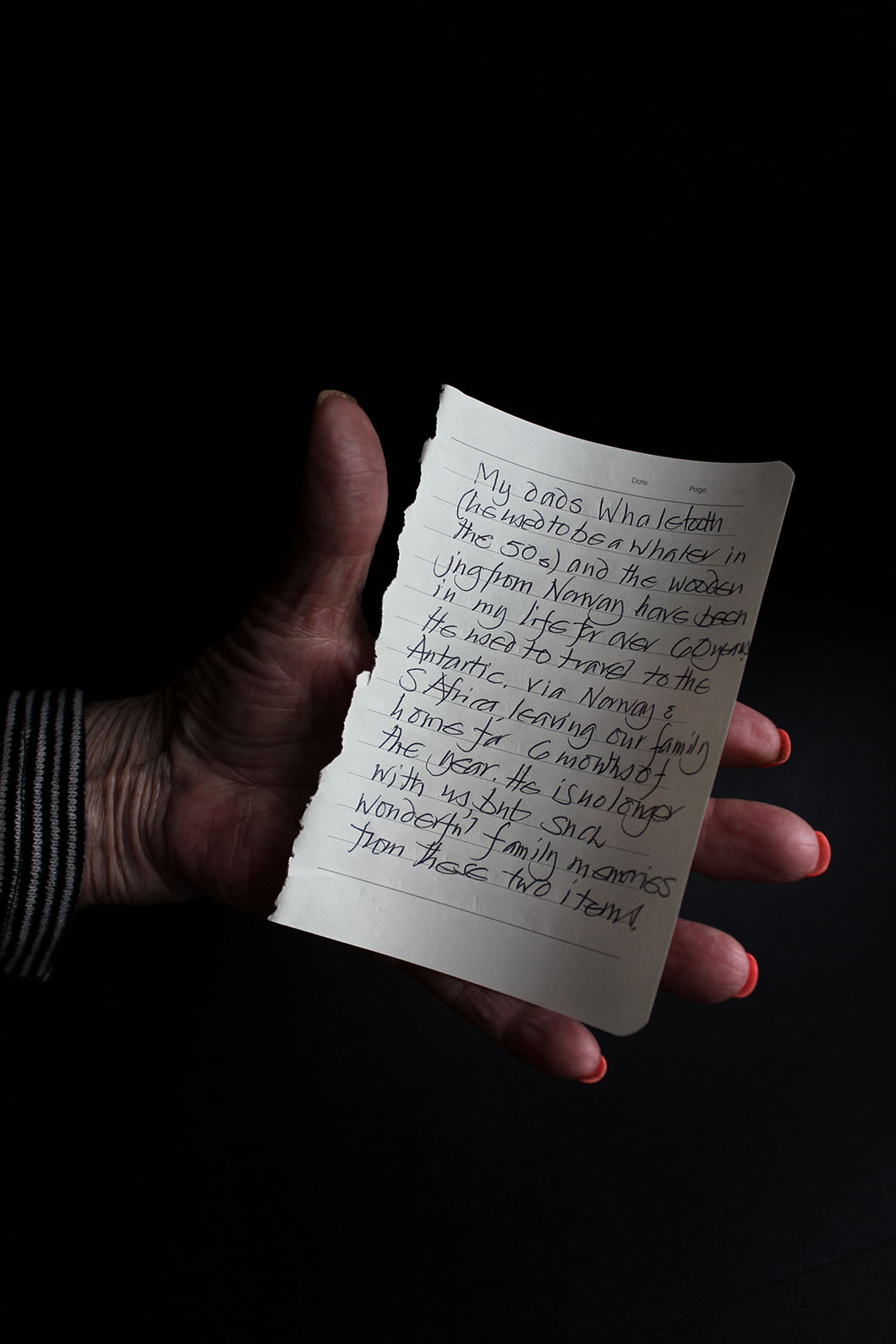Photojournalism is based on assumptions that the photograph represents a one-to-one correspondence with reality, which is nearly accurate and adequate, and that the photographic image is capable of conveying information objectively.Traditional documentary believes the viewer to be a receptive subject taking in the objective information of the world through the photograph.
Photographs can be interpreted differently to how the photographer planned for it to be perceived. This can change the meaning of the images or what the photo is perceived to be for example Rorschach Inkblot test shows how different people interpret images differently and how this means different things about the individual’s unconscious mind. When you look at an image you can ask yourself whether the image is a truthful image or fiction by asking yourself questions about the particular images. Doing research into the photo and the photographer who took the image can tell you a lot about the image itself and what the meaning behind the image might have been. The photographs can be staged, which means the photographer would have had actors act out a particular scene. The photographs could also be a snapshot of a scene happening in front of the photographs eyes, which they then document.
“I have been a witness, and these pictures are my testimony. The events I have recorded should not be forgotten and must not be repeated.”
-James Nachtwey-

James Nachtwey, Rwanda - Survivor of Hutu death camp, 1994
Propaganda
Photographs can be used as a form of Propaganda.This is the belief that Photographs are used to raise awareness (good or bad) of particular issues and can be made to represent a particular point of view. This is often used in politics, voluntary organisations and charity to promote their organisation to request support from the public. In war, governments and the media use propaganda as a ‘weapon’ to encourage patriotism and promote national interests. These images can also however change the public’s attitude or opinion on specific events happening within the world.

Aesthetics
Aesthetics is concerned with what is a good work of art, principles of taste and traditional systems of what is deemed beautiful in art. Thus the aesthetics of photography have been concerned with formal matters such as composition, subject-matter, form, medium and style. It has also encompassed questions of technique.A photographer such as Sebastiao Salgado has been criticized for anesthetising the poor and deprived through his unique visual style, mastery of technical skill and highly detailed and artful prints which renders his subject matter almost too beautiful.

By Sebastiao Salgado

Huynh Cong (Nick Ut), Trangbang, Route 1, South Vietnam, 8 June 1972
This image was taken by Huynh Cong during the vietnam war. The Vietnam War was a long, costly armed conflict that pitted the communist regime of North Vietnam and its southern allies, known as the Viet Cong, against South Vietnam and its principal ally, the United States. The divisive war, increasingly unpopular at home, ended with the withdrawal of U.S. forces in 1973 and the unification of Vietnam under Communist control two years later. More than 3 million people, including 58,000 Americans, were killed in the conflict.
This was a chilling photograph that came to symbolise the horrors of the Vietnam War and ultimately, helped to end it. This image was taken just before the photographer saved the life of Kim Phuc, who is the second child from the left and has no clothing on her skin. She was 9 years old at the time as she was attacked by south Vietnamese planes, who sent Napalm bombs down to kill civilians. This is a flammable liquid used in warfare. It is a mixture of a gelling agent and either gasoline (petrol) or a similar fuel. It was initially used as an incendiary device against buildings and later primarily as an anti-personnel weapon, as it sticks to skin and causes severe burns when on fire.
On the 40th anniversary of the iconic photograph, she invited all the people who helped her during this time to a dinner. These were doctors, nurses, who treated her injuries as well as the photographer Huynh Cong, who took the image and also other journalists.
The photographer took the photograph, then immediately after drove the badly burned child to a small hospital, where he was told she was too far gone to help. He flashed his American press badge, demanded that doctors treat the girl.
Mr. Ut said “I cried when I saw her running. If I didn’t help and she died I would have killed myself.”
“It changed the war. I met so many American Soldiers who said ‘Nicky because of your picture, i’ll get to go home early”
http://www.thehindu.com/news/international/The-photo-that-changed-the-course-of-a-war/article12855030.ece
ANALYSIS:

The photograph ‘Napalm Girl’ is a picture of young children running down a road in Vietnam on June 8th 1972. The children all have a look of sheer terror and fear on their faces, and it seems as though they are running away from something horrific. Behind the children there are some soldiers, who do not look phased by what is happening, and who aren’t helping the injured children in any way, but instead herding them down the street. There is a huge contrast between the two different subjects. The children are helpless and hopeless, screaming for aid. They look small and weak. The soldiers however are tall and powerful, with their guns and helmets. They are not injured and are not conveying any emotion. In the background, it is clear that there has been an explosion of some sort as there are clouds of smoke billowing from the ground, and the area looks destroyed and damaged. The main subject in the picture is a naked young girl, who looks like she is in extreme pain. This girl is Kim Phuc.
There were a few issues associated with this image, one reason he claimed the photo had been fixed was that he thought the journalists and photographers were trying to make the war look more horrific and dramatic than it actually was. The photo had not been fixed in the slightest. This was very much evident when interviews were had with the Kim herself and stories told about her.
Another issue that was raised about the photo was the fact that there was a naked young girl in it. The photo was taken in the 70s and there had not been images of naked children released before this. However, you can argue that the image was too important to be hidden from the world. It showed the victims of war, a war that had not before been thought seriously about by anyone else around the world except the victims of it. So even though the sight of the naked young girl could have been an issue, it was overlooked, as the story behind the picture itself was far more important.
The image is a snapshot, showing what the photographer had seen in this particular moment. The theme of the photograph is war brings pain to the innocent, which is an extremely powerful message.

This is Kim Phuc now as an adult
Interview with Kim Phuc
“Based on your chosen themes, FAMILY or ENVIRONMENT make two images, one that you consider truthful and one that is not.”

This image has been manipulated using photoshop, the original photograph is of the upper arm, cutting off at the elbow, I decided to insert a hand just after the elbow, which was included in a different photograph. This is an example of manipulating the truth in an image, to make it untrue. This was inspired by Asger Carlsen as he uses different parts of the individuals body to create an image. I them experimented with photographs I had taken myself and used varies parts of the same body to form an image. This is taking the truth and making it untrue by adapting it. This is something that is seen as abnormal to this generation, however in the 60’s this was common as the government had persuades pregnant woman to take a pill to help the babies growth. This lead to babies in that generation to be born with shortened limbs as a result of this drug thalidomide, it was told it would help the woman with their morning sickness. The drug impacted the fetus, leading to thousands of woman blaming themselves for their “thalidomide babies.” This image I have created therefore is partly true and partly untrue, which shows how hard it is to claim a photograph to be true. This image represents something that was true, the “thalidomide babies.” However the image itself is not true as it has been manipulated to look this way.

Examples of Asger Carlsen’s work:

Drowned Syrian boy

A paramilitary police officer carries the lifeless body of Alan Kurdi off the coast of Bodrum, Turkey, where he was found. Photographer: Nilufer Demir from Turkey’s Dogan News Agency

Can change the world or change people’s perception?
All quotes taken from Photographs won’t change the world by Lewis Bush
In the summer of 2015, this three-year-old Syrian boy of Kurdish origins and his family fled the war engulfing their country, hoping to join relatives in the safety of Canada. They were part of a historic flow of refugees from the Middle East to Europe this year, and they followed the dangerous route taken by so many others. The family crowded onto a small inflatable boat on the beach of Bodrum, Turkey. A few minutes into the journey to Greece, the dinghy capsized. Alan, his older brother Ghalib and his mother Rihanna all drowned, joining the more than 3,600 other refugees who died in the eastern Mediterranean this year. This is where Alan’s story would have ended, were it not for the work of a photographer.
This photograph shocked the population and changed their opinion on war and the killings of thousands of civilians. This provoked the debate of whether an image could potentially change the world or change people’s perception. ” Great achievements have been piled around the totem of photography.” This can result in “environmental awareness” and “conclusions of armed conflicts.” However, a photograph itself “bits of paper” can’t change the world but photographs can change people’s perception and their views and opinions can change the world. When seeing an image, a viewer can not possibly claim that seeing this photograph of a drowned child is the same as experiencing the situation with your own eyes, but knowing that their is a drowned child, who has died as a consequence of situations which might be more “within our power to change,” This means that by the public voicing their concerns, changes will have to take place as the activities will be frowned upon socially, which would decrease the amount of countries participating in war. The photographs “present the idea that things are happening, or exist, or are possible.” This brings the worlds problems to the public eye, photographs have the power to “change the ways we see and understand the world and want to act in it.” However, some images are capable of influencing for the worse, of reinforcing negative attitudes and unrealistic expectations about the world, which makes the influence on the public a negative thing as some images may lie or deceive the public by editing the image to make it look different to how it was seen through the eyes of the photographer, leading the public to believe the photograph is real. I personally, do not feel this is the case for the Syrian boy as I do not feel this is a staged image. However, the image could have been cropped or focused on that particular part, we as viewers do not see the full scene making it difficult for us to judge what is really happening at the scene. The beach could have been filled with washed up bodies, it may not have just been him but we do not get to see this, we are only shown what the photographer wants us to see. This makes it hard for the public to really know if an image is a truthful images or a staged image.
A photograph cannot change the world we live in by bringing it them to light, however “the real impetus is on us to respond to the things we feel when we view certain photographs and to decide to make things change.” This is what makes photographs so powerful. It’s not what the photograph consists of but it’s how it makes people feel and how it makes people want to react and change. The story got published in varies newspapers, a sand sculpture had been made on the beach in his memory and a cartoon characters were made all in his memory as it hit the hearts of many people. In conclusion, images themselves cannot change the world and things going on in it, however it can make people feel something resulting in them making a change to the way they live, changing the world they live in.


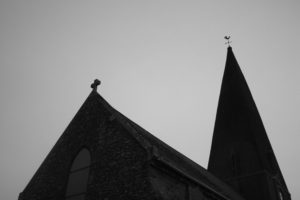


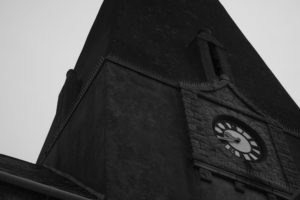
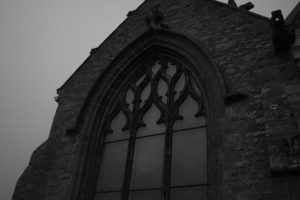








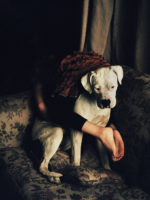
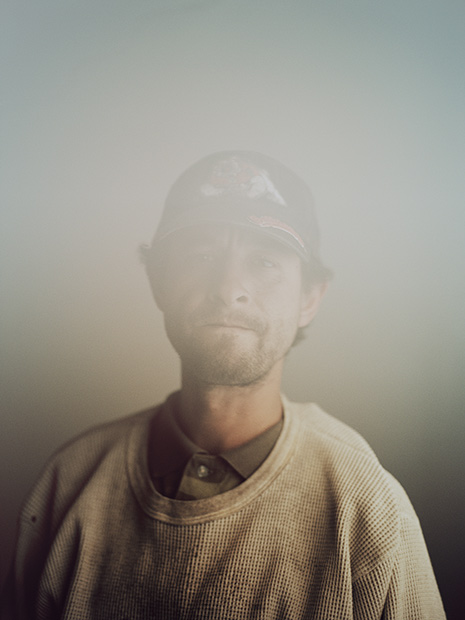


 Rita Puig-Serra Costa’s work is very captivating and speaks lots about family and the relatives within shown through the thoughtful use of showing a family tree through the archival portraits of her family members.
Rita Puig-Serra Costa’s work is very captivating and speaks lots about family and the relatives within shown through the thoughtful use of showing a family tree through the archival portraits of her family members.



















